Past and Present: The Apollo Club of Brooklyn
A look at Brooklyn, then and now. Music has always been part of the history of Brooklyn. One could literally write a book about the great musicians who lived here, or the great venues in which they played. Over the last few centuries, Brooklyn has been steeped in music, all kinds of music. Before radio,…
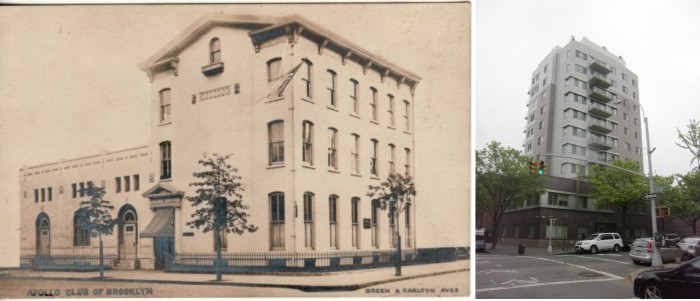

A look at Brooklyn, then and now.
Music has always been part of the history of Brooklyn. One could literally write a book about the great musicians who lived here, or the great venues in which they played. Over the last few centuries, Brooklyn has been steeped in music, all kinds of music. Before radio, television and stereos, live music and performance were always popular here. The range was incredible; from popular songs sung around the family piano, to raucous singing in a tavern, to the magnificent peal of a powerful church organ, and the vocal power of its choir, to the nuanced harmonies of Schubert songs performed by a German singing society, and the raw passion of the spirituals in a black church. We had concert halls, opera houses, theaters, clubs, churches, parlors and street corners. Music was, and still is, everywhere.
In 19th and early 20th century Brooklyn, music probably had its cultural heyday, as public and private support for musical venues reached its height. The Brooklyn Academy of Music, which was built in 1861, and stood on Montague Street, burned down in 1903. The new BAM was immediately planned and built, and opened on Lafayette Avenue only five years later. That’s a pretty close time frame for a major project like that, and showed Brooklyn’s commitment to music. The new theater was located in Fort Greene, a part of Brooklyn that was literally bristling with entertainment outlets. There were at least five large theaters within sight of the new opera and concert house, as well as a music school right next door. Private instructors were scattered throughout the area, and musical clubs found that this area was a great place in which to gather. One of those clubs was the Apollo Club of Brooklyn.
The Apollo Club was organized in 1878, in Brooklyn Heights, and was initially, a wealthy men’s singing club. According to the Brooklyn Eagle, the club’s membership “embraces most of the well -known society people of this city.” It was an amateur singing society, one of many that were organized throughout Brooklyn. Getting together to sing concert pieces, popular songs, operatic choruses, patriotic songs and other music, usually in four or more part harmony, with soloists, was a popular form of entertainment during the Victorian Age. Among the higher classes, some sort of rudimentary musical education was expected, and getting together to sing was fun, and brought people together. The practice has not died, either; there are still amateur singing groups all across the city.
The Apollo Club apparently had some great voices, including some well-known church soloists, so after months of practice, the sixty-voice choir gave their first concert in the old Brooklyn Academy of Music in December of 1879. They were a hit. Their first conductor was a man named Dudley Buck. Mr. Buck was the organist and concert master of Brooklyn Heights’ Church of the Holy Trinity, the wealthiest church in town. He was a master organist, and author of several important books on the subject.
He was also a successful composer who had written a number of popular pieces, both sacred and secular, which were performed throughout the country. His twelve secular cantatas received more reported performances than any other American choral works during the 1880s. Dudley Buck also came from money. Like many of Brooklyn Heights’ successful businessmen, he was from old New England merchant stock. He fit right in. Having him as the club’s conductor was certainly a coup, and also reflects on how good the chorus must have been. Mr. Buck would not have accepted less.
Although it was a men’s club, they had many women involved with the club’s performances. Women were often hired as soloists, and women became subscribing members. As the years passed, the club and the chorus grew. They frequently gave concerts, some to raise money for themselves, but they also performed a lot of charity events. They performed most often in their early decades at the Brooklyn Academy of Music on Montague Street, but also performed in many of the other concert halls, theaters and churches in the borough, and beyond.
Twelve years after their founding, the club had an anniversary celebration at the new Union League Club in Bedford, during which time Conductor Buck announced that they had a friend in Abiel Abbott Low, the wealthy Heights businessman, who might be interested in funding the building of a headquarters for the club. They had been meeting here and there, and had no permanent home. That news was met with great excitement. Unfortunately, it never happened, at least not for another twenty-three years, and not by A.A. Low. Dudley Buck did not live to see it, he died in 1909.
In 1914, the Club announced that they were purchasing two houses, 41 and 43 Greene Avenue, on the corner of Carlton Avenue, in Fort Greene. The two houses would be renovated to become the new clubhouse for the group. The ground floor would be a small auditorium for practice and performance, and upstairs would be smaller practice and club rooms, offices, a kitchen and dining room, bathrooms, etc. The purchase and renovations would cost around $50,000, and the club would be owned by the Apollo Club Holding Corporation, which would hold the mortgage, and would issue stock and shares. The Apollo Club had once again located themselves near their favorite venue, the Brooklyn Academy of Music. The new Academy had been finished only a few years before, in 1908.
The club was popular for over 80 years. During the 1940s and ‘50s, they were especially popular once again, and under the baton and leadership of Alfred Boyce, they performed with professional singers and instrumentalists at BAM, Carnegie Hall, and across the city. The choir was now 80 voices strong, and was often accompanied by an orchestra, not just piano or organ. The soloists represented were men and women, a lot of women, who were the up and coming vocalists and instrumentalists of the day. Many performed with the Metropolitan Opera, the NY Philharmonic, and other top musical organizations.
When I tell these stories, I always hate to come to the end, because all good things seem to end too soon. The 1960s were a tumultuous decade, with social upheaval and change everywhere. The Apollo club was in financial difficulty, and gave its last concert in 1966, before disbanding. They had performed 258 concerts over their 88 year history. Their papers and records chronicling their long history are now part of the Brooklyn Historical Society’s collections. The houses that made up their clubhouse were torn down, and in 2003, this condo building was built on the site. GMAP
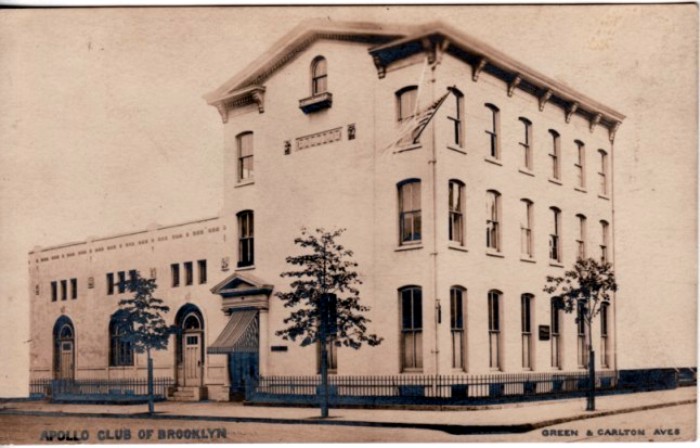
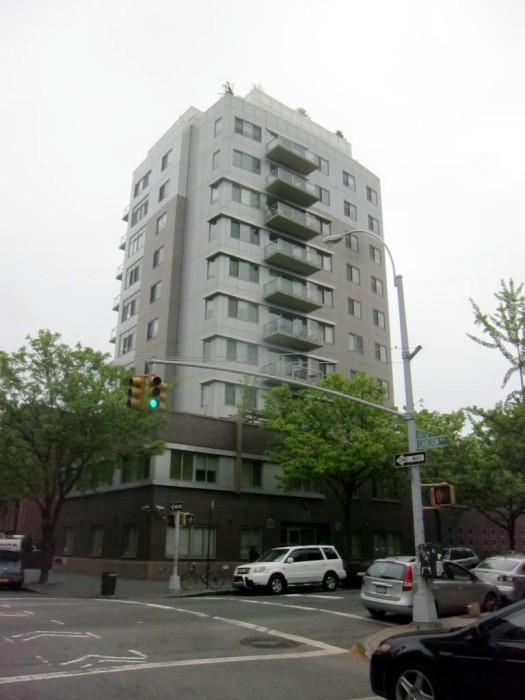
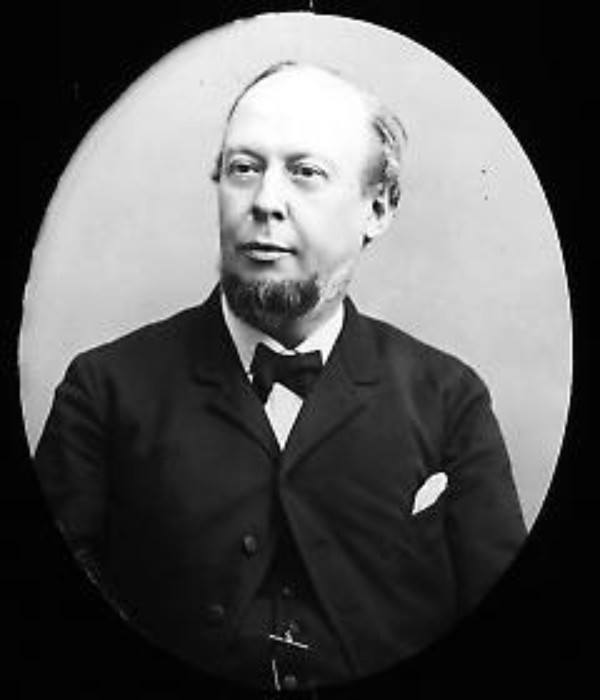
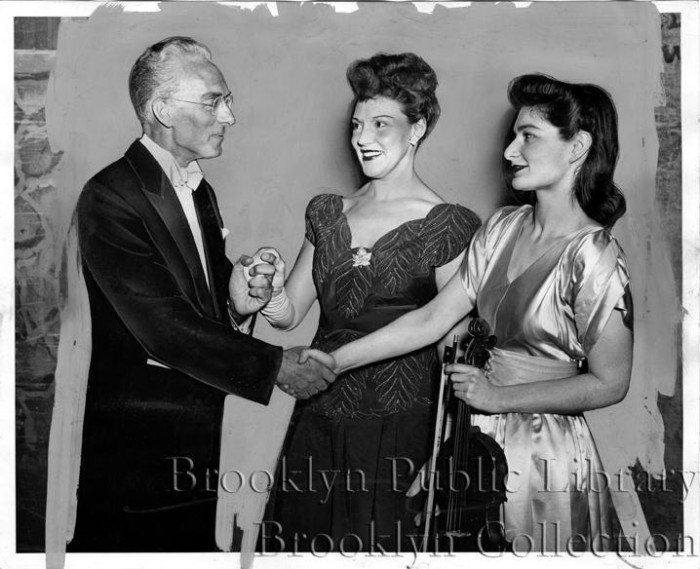
Related Stories
The Bikers, Singers, Athletes or Riders? Which Long-Gone Social Club Would You Join?
Suzanne Spellen, aka Montrose Morris, Is Writing Brownstoner’s First Book
Past and Present: The 6th Assembly District Democratic Club




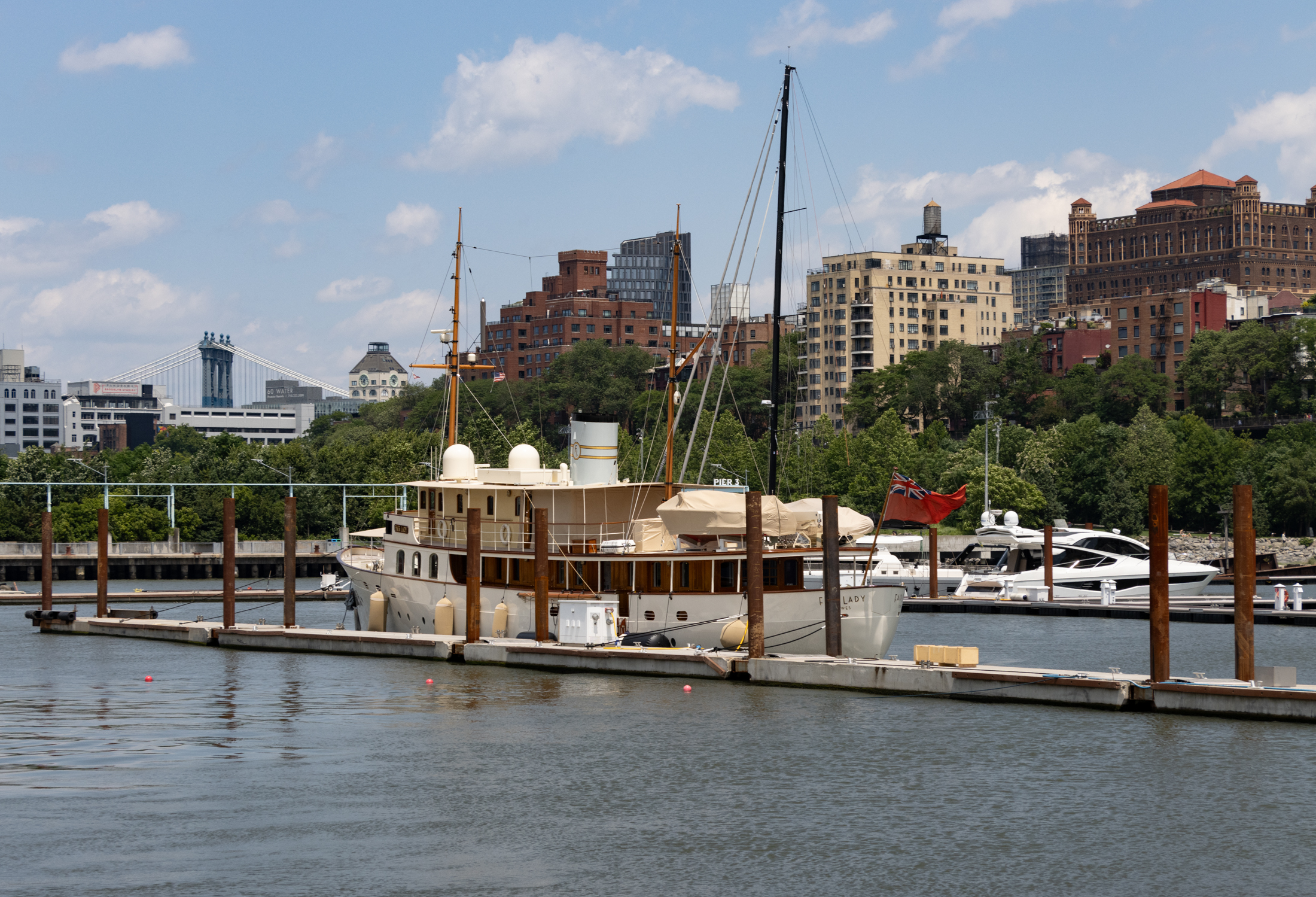
What's Your Take? Leave a Comment